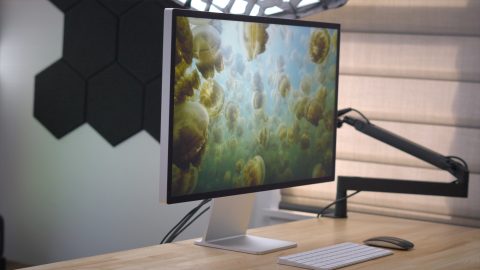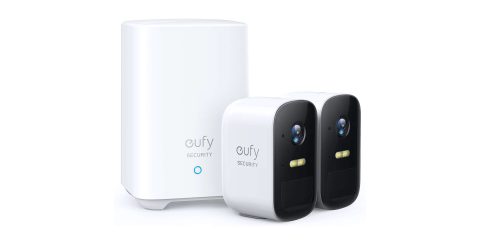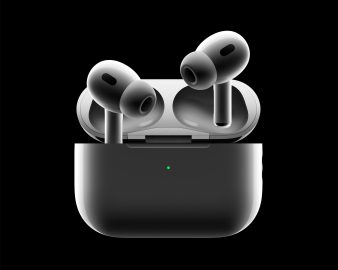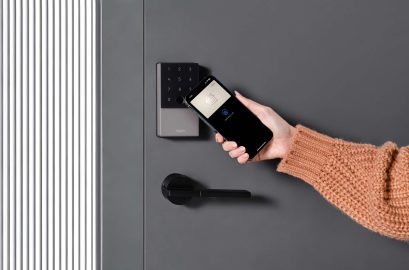
With coronavirus making its way around the world, even if it’s not in your city, you might be thinking about ways to stay healthy. Along with washing your hands regularly, cleaning your iPhone can be an important measure, considering how many places we use them and how they host lots of germs. Let’s take a look at several ways you can clean and sanitize your iPhone without damaging it.
We’ve updated this topic with a newer article, check it out for all the details.
A recent study from the Journal of Hospital Infection found that coronaviruses “can persist on inanimate surfaces like metal, glass, or plastic for up to nine days,” but that they’re easily wiped out with something like isopropyl alcohol (via the Verge).
The tricky part is that Apple doesn’t recommend — see update below — using cleaning solutions or isopropyl alcohol on iPhones as it may damage the oleophobic fingerprint-resistant coating on your screen.
For the iPhone 11 lineup, Apple says it’s okay to use some warm water and soap, but for the iPhone XS and older, it only recommends using a soft slightly dampened cloth. Of course, you could live on the riskier side and just use a Clorox wipe or alcohol on your screen anyway, but here’s what Apple officially recommends:
- Unplug all cables and turn off your iPhone.
- Use a soft, slightly damp, lint-free cloth — for example, a lens cloth.
- If material is still present, use a soft, lint-free cloth with warm soapy water. (iPhone 11 and 11 Pro only for soap)
- Avoid getting moisture in openings.
- Don’t use cleaning products or compressed air.
Update 3/9: Apple has created a new “How to clean your Apple products” support page that says it is ok to clean its devices with Clorox wipes or isopropyl alcohol.
Is it OK to use a disinfectant on my Apple product?
Using a 70 percent isopropyl alcohol wipe or Clorox Disinfecting Wipes, you may gently wipe the hard, nonporous surfaces of your Apple product, such as the display, keyboard, or other exterior surfaces. Don’t use bleach. Avoid getting moisture in any opening, and don’t submerge your Apple product in any cleaning agents. Don’t use on fabric or leather surfaces.
Curious enough, Apple hasn’t changed it’s iPhone-specific support page on cleaning and still includes the warning:
Your iPhone has a fingerprint-resistant oleophobic—oil repellent—coating. Cleaning products and abrasive materials will diminish the coating and might scratch your iPhone.
But it’s likely safe to assume the green light to use disinfecting wipes supersedes the previous recommendation. But if you want to play it on the safe side you can pop a screen protector on or check out the options below.
Let’s look at some more options:
How to clean and sanitize iPhone without damaging it
- Antimicrobial cleaning cloth
- Screen protector + cleaning wipes or isopropyl alcohol
- UV sanitizer for iPhone/smartphones

Use an antimicrobial cleaning cloth
What may be the easiest and most cost-effective way to clean and sanitize your iPhone without alcohol or cleaning products is to use an antibacterial/antimicrobial cloth that uses Silverclear. This keeps the softness of the microfiber cloth intact by using a liquid silver application instead of silver thread so it won’t scratch your iPhone’s screen.
The DG-300 Silverclear used on some microfiber cloths is registered with the EPA and claims to eliminate 99.9% of bacteria and prevent the spread of viruses. (Note: We haven’t seen research specifically on Silverclear’s ability to kill coronaviruses.)
You can find a multi-pack of antimicrobial microfiber cloths for under $20.

Apply a screen protector, then use disinfecting wipes
Whether you’d like to do this temporarily with coronavirus (or also during cold/flu season) or adopt it as a long-term solution, popping a screen protector on will keep any cleaning wipes from damaging the screen coating on your iPhone.
There are lots of affordable glass screen protectors for iPhone between $5-$30, and if you haven’t tried one in a while, they’ve become much easier to install over the last couple of years.
With your iPhone’s display covered, you can feel free to disinfect your iPhone with something like small device wipes, Clorox or Lysol wipes, or a little bit of 60-70% isopropyl alcohol (don’t put it directly on your screen, dab it on a microfiber cloth, then wipe down your smartphone).

Clean and sanitize with a UV smartphone cleaner
PhoneSoap is the most popular option on the market when it comes to sanitizing your iPhone with UV light. This is the most expensive option but provides a fast and easy way for you and your family/friends/coworkers to clean any size iPhone or Android smartphone.
PhoneSoap uses two UV-C bulbs to kill 99.9% of bacteria and viruses and the results are clinically proven. This portable smartphone sanitizer also charges your device while it’s being cleaned (features both a USB-C and USB-A port).
PhoneSoap Go typically sells for $99 with PhoneSoap Pro going for $119. The company also has its larger HomeSoap product up for preorder that cleans a wide variety of items.
Wrap-up
Are you looking to clean your iPhone and other devices more regularly even if coronavirus hasn’t directly impacted you? What option sounds best to you? Share your thoughts in the comments below!
Read more 9to5Mac tutorials:
- HomePod volume blasting you away? Try this volume automation
- Apple Watch: How to see heart rate recovery and what does it mean?
- Four ways to reduce stress and relax with Apple Watch
- Mac: How to clear the cache, history, and cookies in Safari
FTC: We use income earning auto affiliate links. More.







Comments